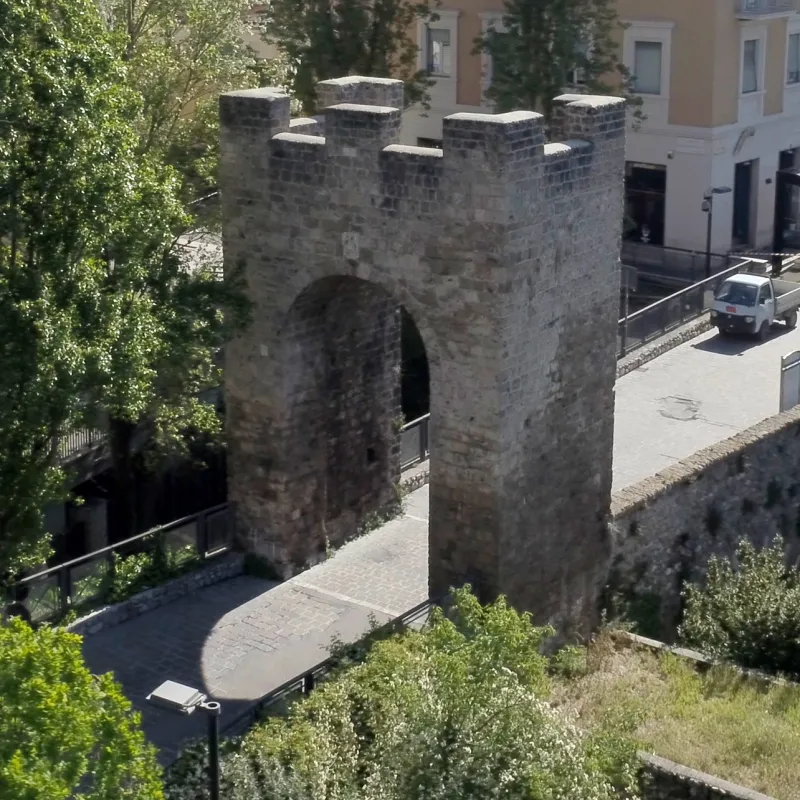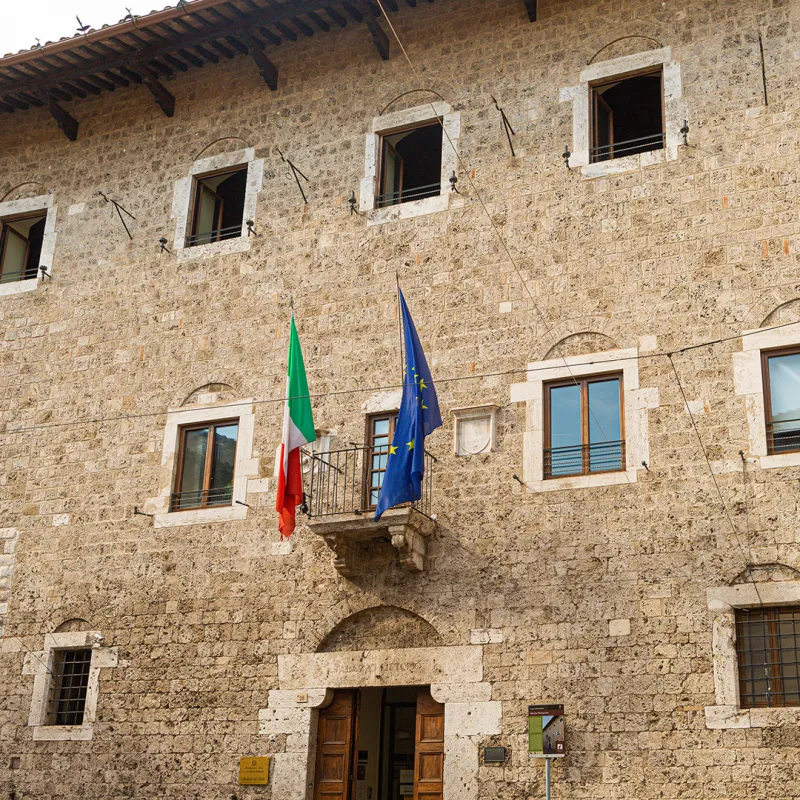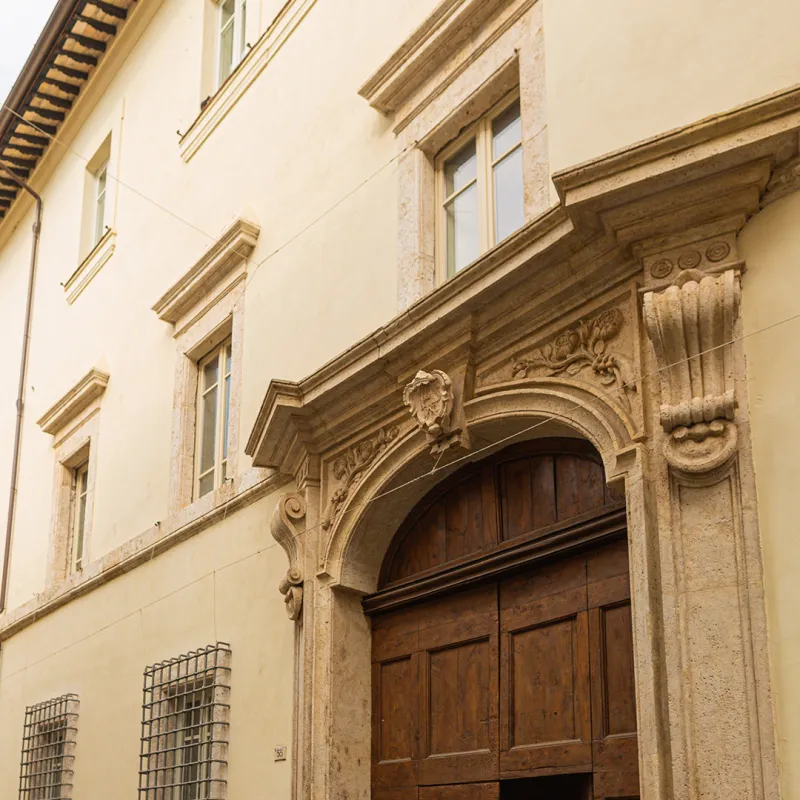Via Cavour: a plunge into Terni's past
Strolling along Via Cavour is like taking a step back in time, immersing oneself in the history of Terni.
This fascinating street, once part of the Decumanus of the Roman Interamna, takes us through the centuries, from ancient Roman roots to the Renaissance elegance of noble palaces.
Starting from Piazza della Repubblica, we encounter a fascinating succession of historic buildings that bear witness to the grandeur of the past. Palazzo Cerafogli, Palazzo Mastrozzi Magroni, Palazzo Sciamanna, Palazzo Possenti Castelli, Palazzo Mazzancolli, and Palazzo Laurenzi: each one of them holds stories and secrets that are captivating.
The corner of Via Cavour and Via Santa Croce holds a surprise: the small church of Santa Croce, with its painting "The Invention of the Cross" from the school of Giacinto Brandi, a work of art that enchants the eye.
Continuing along the route, we reach Palazzo Fabrizi, an 18th-century gem overlooking Via Fratini.
Finally, we reach Porta Sant'Angelo, a historic entrance to the city. Here we can admire thepeculiarity of the pointed arch on one side and a round arch on the other.
Via Cavour is a unique itinerary, allowing us to relive past eras and appreciate the elegance and beauty of the historic buildings. Don't miss the opportunity to take a journey through time along this fascinating and enthralling street.
THE STAGES OF THE ITINERARY

Porta Sant' Angelo, the western gate of the medieval city, is so called because a church situated a short distance away was dedicated to Sant'Angelo before it was demolished in 1600.

Palazzo Mazzancolli is one of the most important examples of medieval architecture in Terni.

The palazzo, located on the corner of Via Cavour and Fratini, is an 18th-century reconstruction of one or more earlier buildings, probably from the 16th century.